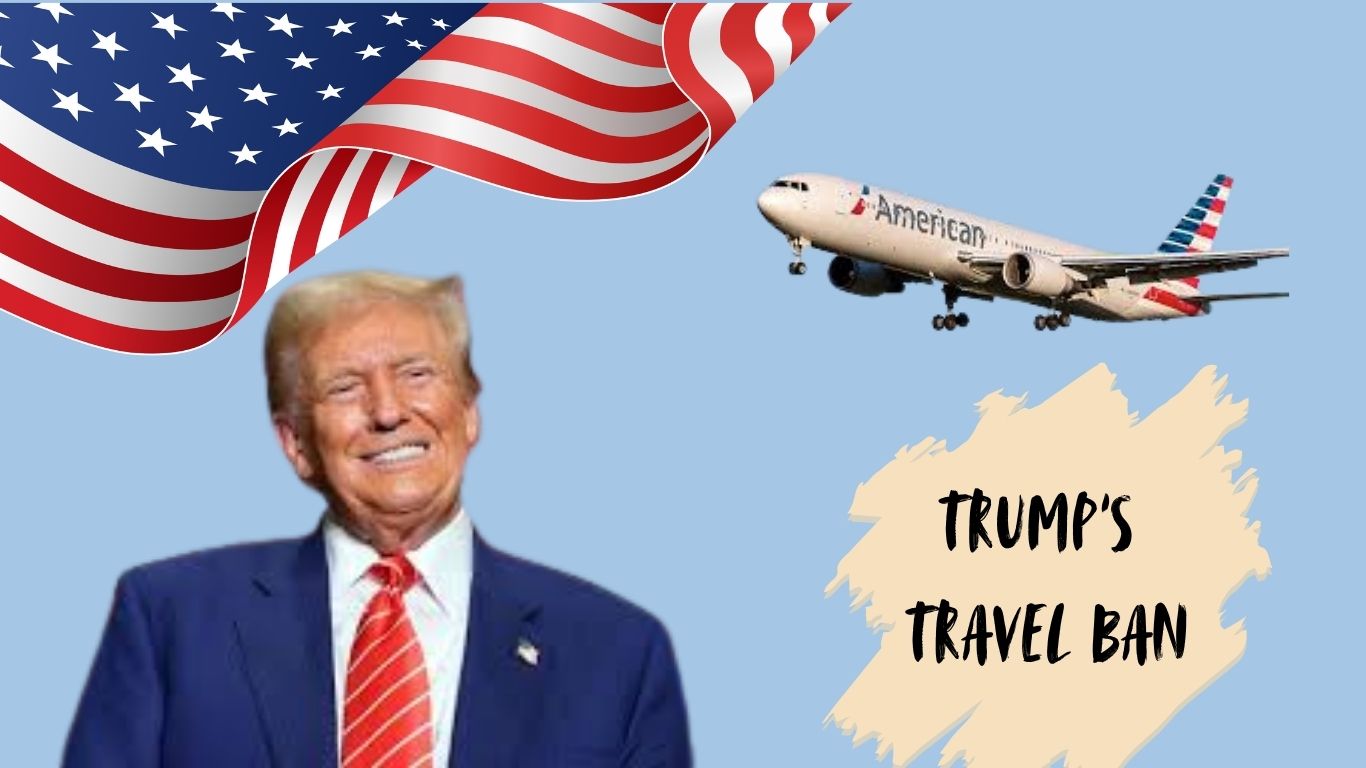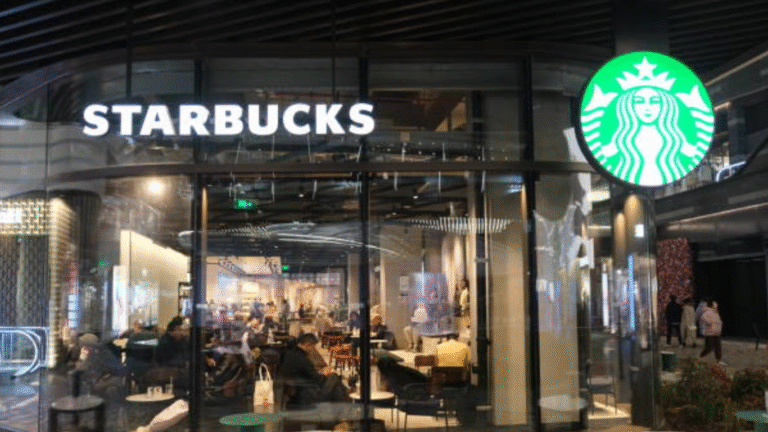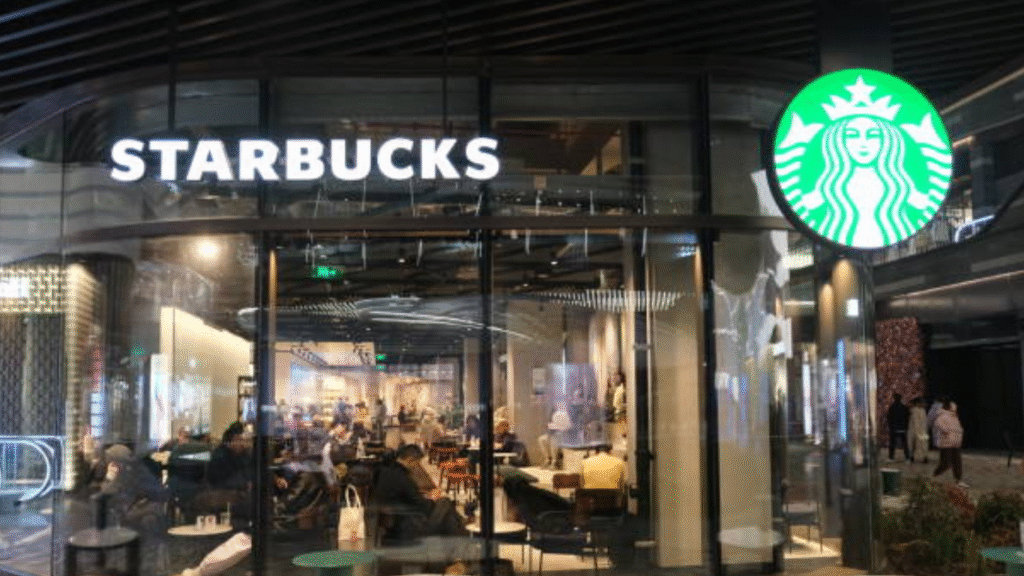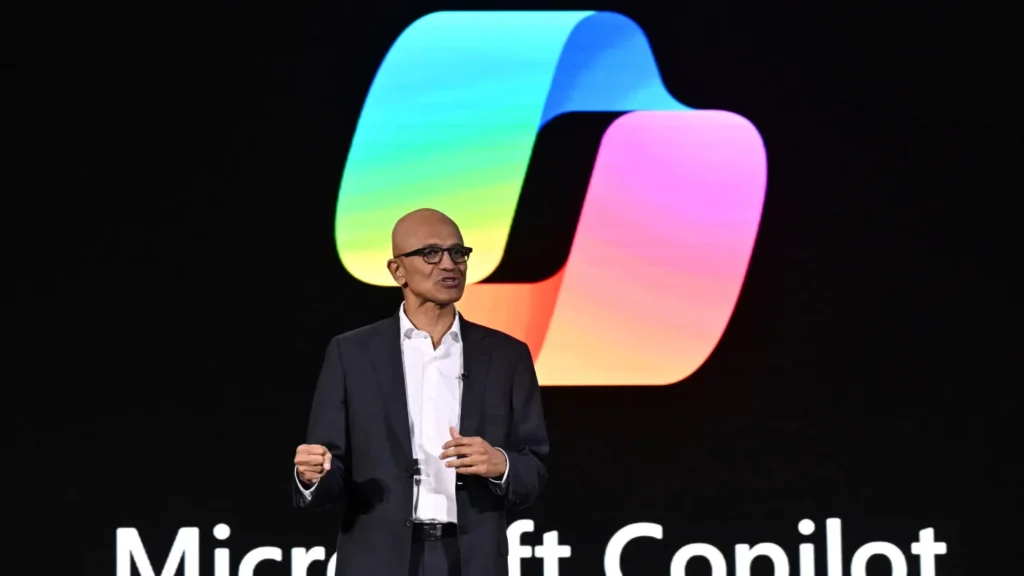In the early days of Donald Trump’s presidency, a single executive order sent shockwaves across the United States and the globe. Known widely as Trump’s Travel Ban, the policy set a precedent not just for American immigration enforcement but for global discourse around inclusion, national security, and human rights. While it sparked mass protests and legal battles, the long-term and lesser-known impacts of this ban have only become more visible with time.
Understanding Trump’s Travel Ban
Trump’s Travel Ban, officially known as Executive Order 13769, was signed on January 27, 2017, and titled “Protecting the Nation from Foreign Terrorist Entry into the United States.” It initially barred citizens from seven predominantly Muslim countries – Iran, Iraq, Libya, Somalia, Sudan, Syria, and Yemen – from entering the United States for 90 days. It also suspended the U.S. Refugee Admissions Program for 120 days and indefinitely banned Syrian refugees.
This action, branded by critics as a “Muslim Ban,” faced immediate backlash. Airports turned chaotic as families were detained or turned away, and lawsuits flooded federal courts. Several revisions followed over the years, narrowing or expanding the list of affected countries. Eventually, the Supreme Court upheld a version of the ban in 2018, making it a legally binding policy.
Legal and Political Ramifications
From the outset, Trump’s Travel Ban was embroiled in legal controversy. Civil rights organizations, immigration advocates, and multiple states challenged its constitutionality, citing religious discrimination and violation of due process rights. Federal judges in New York, Washington, and Hawaii issued temporary restraining orders.
Despite legal pushbacks, a version of the ban survived the court battles. The Supreme Court’s 5-4 ruling in Trump v. Hawaii solidified the administration’s power to implement such restrictive immigration policies under the guise of national security. This decision reshaped executive authority and immigration law for future administrations.
Economic Consequences
While national security was cited as the primary motive, the economic consequences of Trump’s Travel Ban were significant. Industries that rely heavily on international talent, such as tech and academia, reported disruptions. University admissions from targeted countries plummeted. Conferences saw reduced international participation, affecting research collaboration and funding opportunities.
Startups and tech firms, especially those founded by immigrants or employing workers on H1-B and student visas, also expressed concern. Though the ban did not directly affect work visa categories, the overall chilling effect made the U.S. less appealing for international talent.
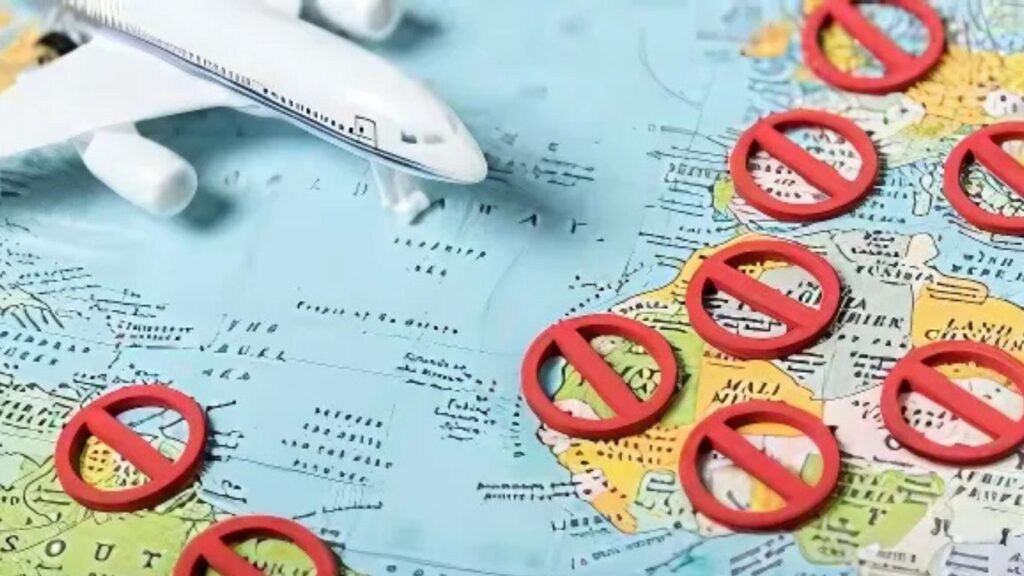
Personal Stories: Families Torn Apart
Beyond the headlines and courtrooms, the most profound effects of Trump’s Travel Ban were felt by ordinary people. Families were separated, weddings were postponed, funerals were missed, and careers were disrupted. Individuals with valid visas and green cards found themselves stranded overseas or detained upon arrival.
Consider the case of a Yemeni father unable to join his U.S.-born child due to the travel restrictions. Or the Iranian graduate student accepted into a prestigious American university who lost her scholarship because she couldn’t attend. These personal tragedies played out quietly, away from public attention.
Academic and Scientific Isolation
Trump’s Travel Ban had a chilling effect on academia. Many international students, scholars, and researchers from the targeted countries faced uncertainty. Universities reported declines in applications from these regions, citing fear of rejection and unwelcoming environments.
Collaborative research, especially in STEM fields, suffered. American universities often rely on diverse international talent for cutting-edge research. By limiting access, the ban inadvertently slowed down scientific progress and innovation.
National Security: A Debated Justification
While national security was the administration’s primary justification for Trump’s Travel Ban, critics and experts debated its effectiveness. Multiple studies found no strong correlation between immigration from the banned countries and terrorism on U.S. soil. Many of the most notable terrorist attacks were carried out by individuals born in the U.S. or from countries not included in the ban.
Instead of enhancing safety, critics argued, the ban alienated allies, fueled anti-American sentiment, and served as a propaganda tool for extremist groups. Former intelligence officials and diplomats voiced concerns that the policy undermined national security more than it protected it.
The Psychological Toll
The emotional and psychological toll of Trump’s Travel Ban is another often overlooked consequence. Immigrants and dual citizens from the affected countries experienced heightened anxiety, depression, and feelings of rejection.
Children separated from parents, spouses kept apart, and the uncertainty of future travel plans contributed to long-term mental health challenges. The message many received was clear: they were not welcome.
Diplomatic Fallout
Internationally, Trump’s Travel Ban strained diplomatic relationships. Countries affected by the ban viewed the policy as discriminatory and politically motivated. Iran called it an “insult to the Islamic world,” and Sudan labeled it a “racist decision.”
The ban led to reciprocal measures in some cases, with countries tightening visa requirements for U.S. citizens. It also impacted U.S. soft power, reducing its global image as a land of opportunity and freedom.
Impact on Refugee Resettlement Programs
Refugee organizations also bore the brunt of Trump’s Travel Ban. The 120-day halt to the U.S. Refugee Admissions Program and the reduction in the annual refugee cap meant fewer vulnerable individuals could seek asylum in the U.S.
Many refugee families awaiting resettlement were stuck in limbo, and NGOs working on the ground logistics faced funding and logistical crises. The ban set a precedent for further restrictions and a retreat from the U.S.’s long-standing role as a haven.
The Role of Media and Public Protest
Public resistance played a key role in challenging Trump’s Travel Ban. Immediately after the announcement, thousands of protesters swarmed airports across the U.S. Demonstrators demanded the release of detained travelers and voiced opposition to the policy.
Media outlets provided extensive coverage, showcasing the human stories behind the headlines. Social media amplified real-time updates and mobilized grassroots resistance. Hashtags like #NoBanNoWall and #RefugeesWelcome became rallying cries.
Reversal and Policy Legacy
In one of his first acts in office, President Joe Biden signed an executive order on January 20, 2021, revoking Trump’s Travel Ban. He described the policy as inconsistent with American values.
However, the legacy of the ban endures. Legal precedents set during its implementation remain intact. Some visa applicants continue to face delays or denials rooted in changes made under the ban’s framework. The conversation around immigration and security remains polarized, influenced heavily by the narratives born during the ban’s existence.
Tech Industry Response
The tech industry, one of the most vocal critics of Trump’s Travel Ban, took legal and public relations steps to oppose it. Companies like Google, Apple, Facebook, and Microsoft filed amicus briefs in court cases, participated in protests, and supported employees affected by the ban.
Their primary concern lay in talent mobility. In a field driven by innovation and global collaboration, the restrictions hampered recruitment and workforce diversity. It also challenged the global perception of the U.S. as a tech hub.
Human Rights and Civil Liberties Concerns
Human rights organizations labeled Trump’s Travel Ban a direct violation of civil liberties. Groups like the ACLU and Amnesty International highlighted discriminatory practices, due process violations, and the absence of transparency in visa waiver decisions.
These concerns extended to domestic communities as well. Muslim Americans reported increased discrimination and profiling during and after the ban’s enforcement. The policy intensified an already rising trend of Islamophobia.
Long-Term Global Impacts
Globally, Trump’s Travel Ban contributed to a broader trend of nationalist and anti-immigration policies. Other countries observed the U.S. approach and implemented or justified similar measures.
For instance, debates around refugee acceptance, border controls, and national vetting programs became central political issues in Europe and Australia. Trump’s rhetoric and actions influenced immigration discourse worldwide.
Lessons Learned
The experience of Trump’s Travel Ban offers several key lessons. It demonstrates how executive power can rapidly reshape immigration policy. It underscores the importance of legal checks and civil society activism. Most importantly, it reveals how policies driven by fear rather than data can have profound, unintended consequences.
For future administrations, the challenge lies in balancing security with compassion, and sovereignty with inclusivity. Effective immigration policies must be transparent, just, and rooted in evidence, not ideology.
The Hidden Impact Unveiled
While some viewed Trump’s Travel Ban as a necessary step for national security, its hidden impacts reveal a broader, more complex story. Families were separated, innovation was stifled, academia and industry were disrupted, and America’s global image was tarnished. Most importantly, it exposed the fragility of rights that many took for granted.
As the world reflects on this chapter in American policy, it becomes clear that immigration is more than just a legal issue; it’s a human one. Understanding the full scope of Trump’s Travel Ban helps ensure that future policies are informed by empathy, inclusion, and justice rather than exclusion and fear.

